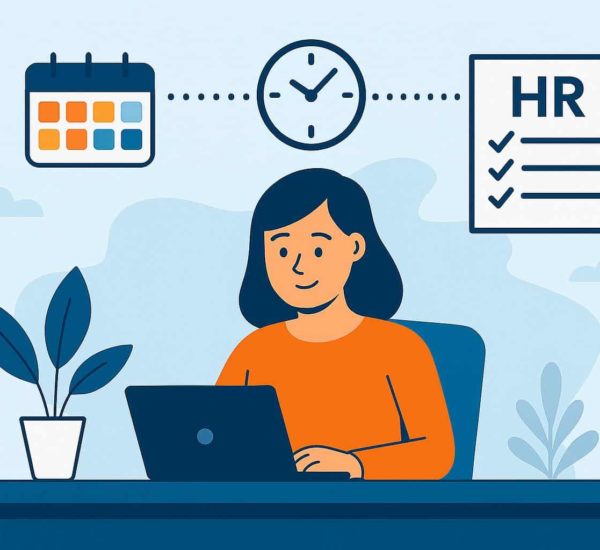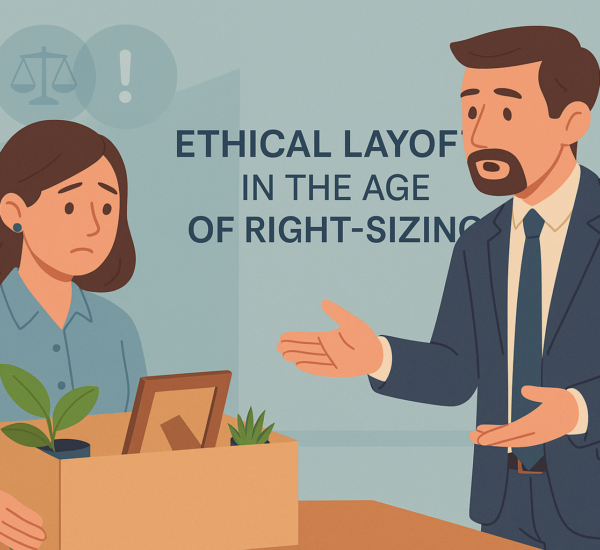As a manager, you’ll likely be asked to write an employee reference letter at some point in your career. But with the weight of this request comes the responsibility of getting it right—because a well-written reference letter can make all the difference for an employee’s next career move. So, how do you ensure that you’re painting an accurate yet positive picture, without stepping into legal or ethical pitfalls? In this guide, we’ll walk you through the ins and outs of crafting a reference letter that’s both impactful and professional, giving your former employee the boost they need to thrive in their next role.
What is an employee reference letter?
Typically, an employee reference letter includes the concerned person’s tasks and responsibilities, the duration of employment, their abilities, knowledge, creativity, and qualification in reference to the existing role, their social attitude, and general rapport, the reason for termination of the existing position and some text with the actual recommendation itself.
The reference letter denotes the role and responsibilities and might also include accomplishments. It is surely not about the employee’s performance, though some managers may say it.
Now that you know what a professional reference letter is, also know that accepting to write it or not is also in your hands.
You can choose to say yes only when the employee in question has worked to their full capacity in the role they were assigned. If you have the slightest doubt about what they have accomplished so far and their performance, a good idea is to loop in the manager they had been reporting to.
If the manager is also not sure about writing a reference letter or is skeptical about it, you can choose to say no. This document demands honesty.
While you do want to see the leaving employee grow, you don’t want to over-promise to another organization and lose your own rapport.
This is where you need to understand how you want the job reference letter or employee reference letter to be – personal or professional.
Personal or Professional?
A job reference letter is not only a review and recommendation of a person’s professional capability. It can also serve as a document that helps judge their character and general outlook towards things. This is especially important now as organizations are now paying attention to aspects like their team culture and ethics.
After all, international surveys suggest that workers care more about a company’s culture than the salary itself!
To be a team player who adds value to the organization, it is important to scrutinize every aspect with a keen eye.
In sync with the evolving organization policies, there are usually two types of reference letters that are provided:
- Personal or character reference letter
- Professional employee reference letter
A personal employee reference letter is nothing but a character reference letter, i.e. a document which charts out how ethical the person in question has been during the tenure with the previous manager, at the prior organization.
On the other hand, a professional employee reference letter is one that points out professional expertise, knowledge, how they have contributed towards the organization’s growth, if they’re a team player or not, and other aspects that help the person reading the letter, judge how the person can fit into a role.
An organization can choose to provide the two letters separately or combine them into one with clearly demarcated sections.
How to write a professional employee reference letter?
Documenting is not a strong pursuit for everyone. Documenting the progress and pursuits of someone, even in a professional capacity is even tougher.
An employee reference letter holds relevance when it is backed by facts and supported by a strong rapport.
While writing an employee reference letter, you have to think objectively about the person in question. You have to think about how you can present the person on paper in a clear and crisp manner, and in the right light.
This is where most managers get stuck. It is also one of the most common HR dilemmas. What should you include? What can be excluded from it to remove ambiguity?
To give you a headstart on writing an employee reference letter, let’s answer the three most common questions:
- How long should it be?
- To whom should you address it?
- How to format it?
How long should an employee reference letter be?
Think of yourself as the receiver of an employee reference letter and ask: how much time would you dedicate towards reading it? Each day, managers and HR departments get many employee reference letters for various job roles. What would make your reference stand out?
A perfect employee reference letter should have the following traits:
- All the relevant details mentioned early on
- Restrict the length to 1-2 pages
- Keep it free of jargon
Keeping these points in mind ensures that even if the recipient does not have the time to go through the whole document, they can still take the gist and understand a little about the person applying to their organization.
Here’s an example of a long employee reference letter. The Director, in this case, uses lengthier paragraphs to talk about the employee and their work at their organization.

Now here’s an example of a short employee reference letter. It uses a more crisp format to talk about the employee and is as effective as the one above.
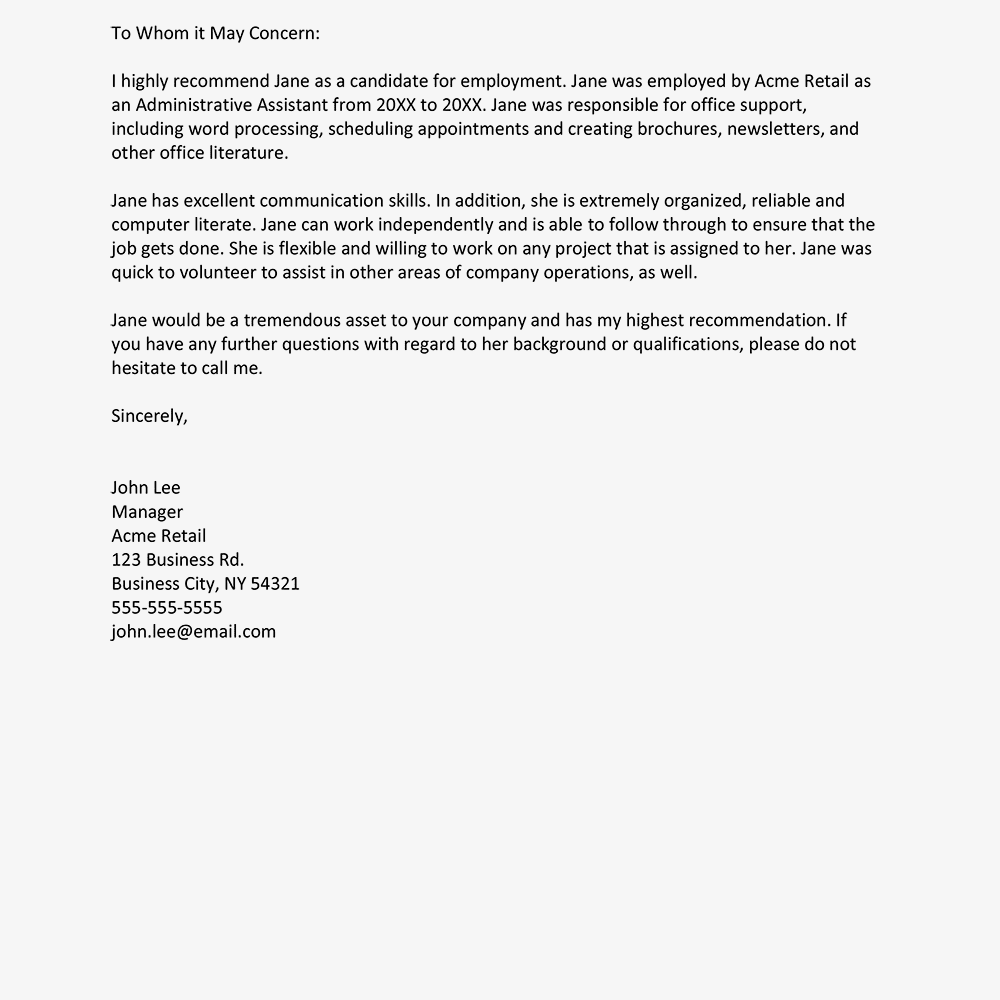
Decide the length of your employee reference letter based on what the employee wants you to highlight. Ask them how in-depth they need the letter to be and who is possibly going to be the recipient.
How to address an employee reference letter?
If you haven’t written an employee reference letter before, you might get stuck on who to address the letter to. Instead of spending hours thinking about how to address the recipient, you don’t even know about, follow the thumb rule of addressing them with:
To whomsoever, it may concern.
That’s all. This phrase solves the entire dilemma of whom to address when you are writing an employee reference letter.
An employee reference letter does not need to address a specific organization or a point of contact at that organization. In fact, using the phrase above gives flexibility to the person using it too. They can use the same letter for multiple applications, instead of either editing it themselves or requesting changes.
Following is an employee reference letter sample that we quite liked and would like to share with you.
To Whom It May Concern
Name of Recipient’s
Organization
Address
Reference/Subject: Recommendation for Ms. Diana Smith
Dear Sir/Madam,
I am writing this reference letter at the request of Ms. Diana Smith. I confirm that Ms. Smith was employed at our organization from (date) to (date). I have known Ms. Smith in my capacity as a Manager at (name of organization).
I have found her to be honest and reliable. She has an excellent command of her language. She was a devoted employee, and her performance at the organization was excellent. I highly recommend Ms. Smith for employment. If I can be of further assistance, please do not hesitate to contact me.
Sincerely,
(Signature and name)
How to format a professional employee reference letter?
The employee reference letter or character reference letter should only include the relevant information, formatted in a professional letter format. The only rule of thumb here is – important information first, clearly crafted sentences and paragraphs.
However, when you get to writing the employee reference letter, there’s a chance you lose track of the formatting.
To ensure your employee reference letter is well-formatted, follow the approach of including these key components in it:
1. Introduction paragraph
This comes right after you address the letter to the recipient. To pen this down, have a one-on-one meeting with the employee who has asked you to write the letter, and gets answers to the following questions:
- What are their long-term and short-term goals?
- Is there a reason for applying for the said job/role/education?
- What do they hope to achieve with the job/role/education?
These questions will give you a clearer insight into what the employee in question wants with the switch. So that becomes the base of your employee reference letter.
The introductory paragraph should include your relationship with the employee, the number of years you have worked with him or her, and the fact that you have been able to monitor the growth, the relationships, and the character of the said employee. All in relation to the answers you have gotten above.
Here’s an example of an employee reference letter introductory paragraph:
It is my pleasure to recommend Ms. Jane Doe for the position of communications director with your company. I have worked as Ms. Doe’s supervisor for the past five years, while she worked as a communications assistant with our company, Marketing 123. During this time, I had many opportunities to see Ms. Doe interacting with our clients, leaving a positive impression after every conversation, getting a positive result on the projects we handled.
2. Abilities Assessment
After you have established your connection with the employee as a supervisor, it’s time to declare what you have assessed in their work tenure.
To write this, you need to have a fair understanding of what kind of jobs the employee is looking for and then mold your observations accordingly to give a push to their abilities. Knowing the long and short-term goals of the employee is helpful here.
Be careful while you pen this part. Use as many numbers and statistics that you can, instead of long-winded praises. Numbers work better than words in a letter.
Here’s an example of an assessment paragraph in an employee reference letter:
Ms. Doe is a driven individual who has consistently been a top performer in our company. As a communications assistant, she brought in the greatest number of clients in 8 out of the past 12 months. Her warm personality and hard work led many of her potential clients to make a commitment to our company. In fact, in the five years, I’ve been her supervisor, 80 percent of her clients have committed to having our company do their marketing.
3. Summary
Rounding up the letter is important. This segment is different from your conclusion. It’s the penultimate paragraph of an employee reference letter. Here’s where you need to sum up why the employee is an excellent candidate for the job or the capacity they’re applying for.
Keep it short and crisp. Not more than a sentence or two. You have already said the needful, you do not need to reiterate.
Here’s an example of a paragraph summing up the employee reference letter’s content:
In conclusion, I wholeheartedly recommend Ms. Doe for the position of communications director. She has been named “Employee of the Month” for her performance accomplishment more than any other employee during the past five years.
4. Conclusion paragraph
Here is where you conclude your employee reference letter after summing up what you have to say about the person in the previous paragraph. The best way to do it would be to leave a professional wish and one’s contact details, lest the prospective organization or employer wishes to get in touch.
Here’s a simple example of a concluding paragraph for an employee reference letter:
Please contact me if you have any additional questions or need any information.
Sincerely,
Mr. ABC
Director, Marketing 123
555 Place Street
Anywhere, USA 12345
(123) 456-7890
How to write a personal employee reference letter?
As compared to a professional reference letter, a personal or character one is a little different. A personal reference letter is an analysis of the character of the employee instead of just focusing on their capabilities in a role.
But at the same time, you need to ensure that you don’t get carried away.
The key to writing a good personal employee reference letter is to “write a personal reference letter the professional way.”
The address is the same as a professional employee reference letter, starting with ‘To whomsoever, it may concern.’
After that, there are slight changes in how you structure the reference letter. Here’s how it goes:
Introduction para: Just like a professional employee reference letter, in a character reference letter too, you have to establish your relationship with the said employee. The only difference is that here you will focus on the personal traits and how they reflect in the professional sphere.
Main body: Focus on the ethical values and personal qualities of the employee. Point out specific instances, in point format, when he or she displayed an exceptional use of those for the benefit of the organization.
Concluding para: Sum it up as to how the said employee is an excellent ethical candidate who would abide by the vision and mission of any organization and would be a brilliant addition to the team.
Leave your signature and address, lest the prospective employee wishes to get in touch, like in the professional reference letter.
Employee reference letter samples – Professional and Personal
While understanding the different types of employee reference letters and the key components can help you write one yourself, having a few examples to look up to is also a good idea.
That’s why we are here with some of the employee reference letter templates and samples that will give you a headstart on writing employee reference letters.
You can replace the address in the aforementioned with ‘To whomsoever, it may concern,’ and proceed accordingly. Some of those templates are:
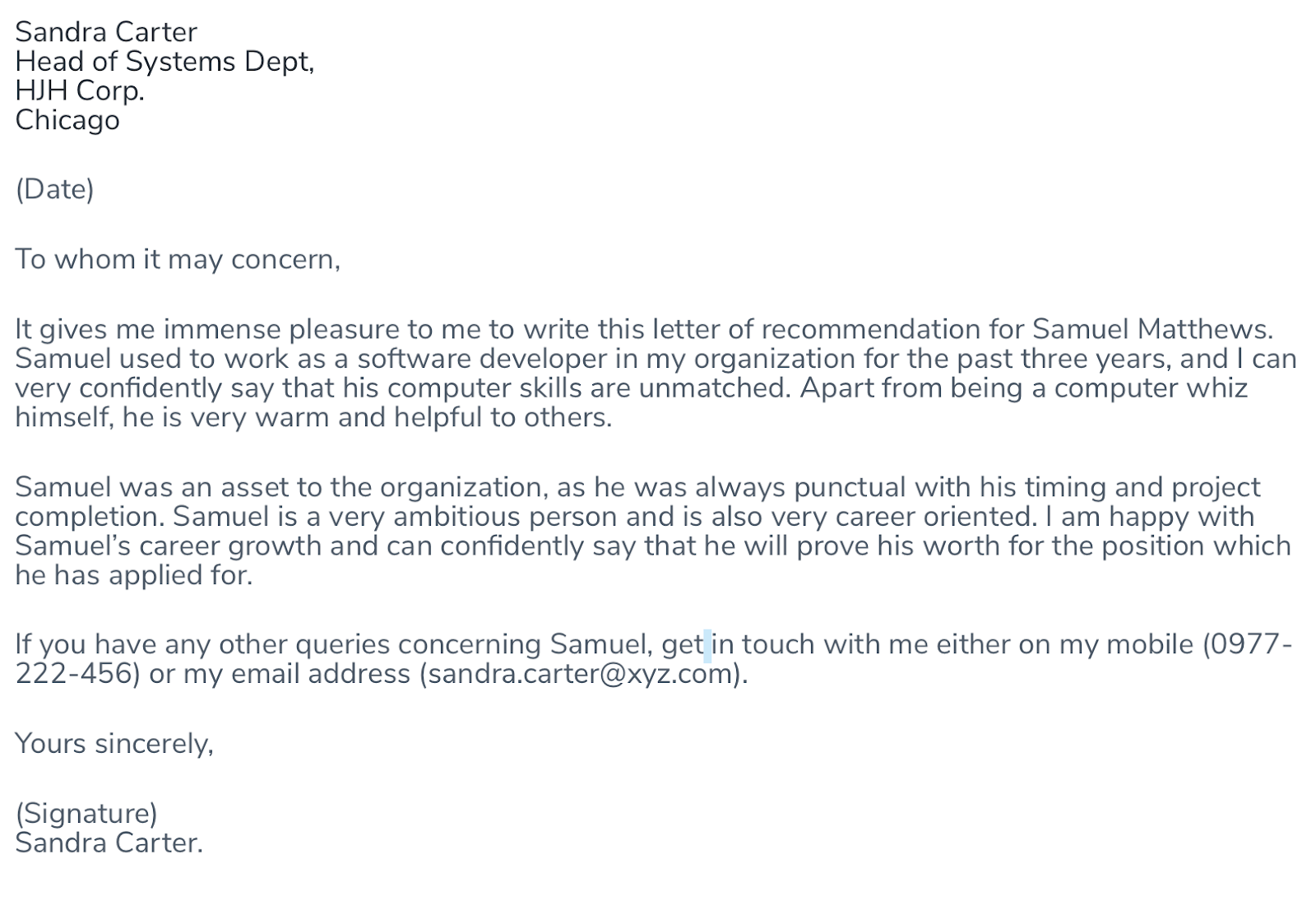
Now that we have taken a look at some professional reference letter examples, here is a sample character reference letter for you.
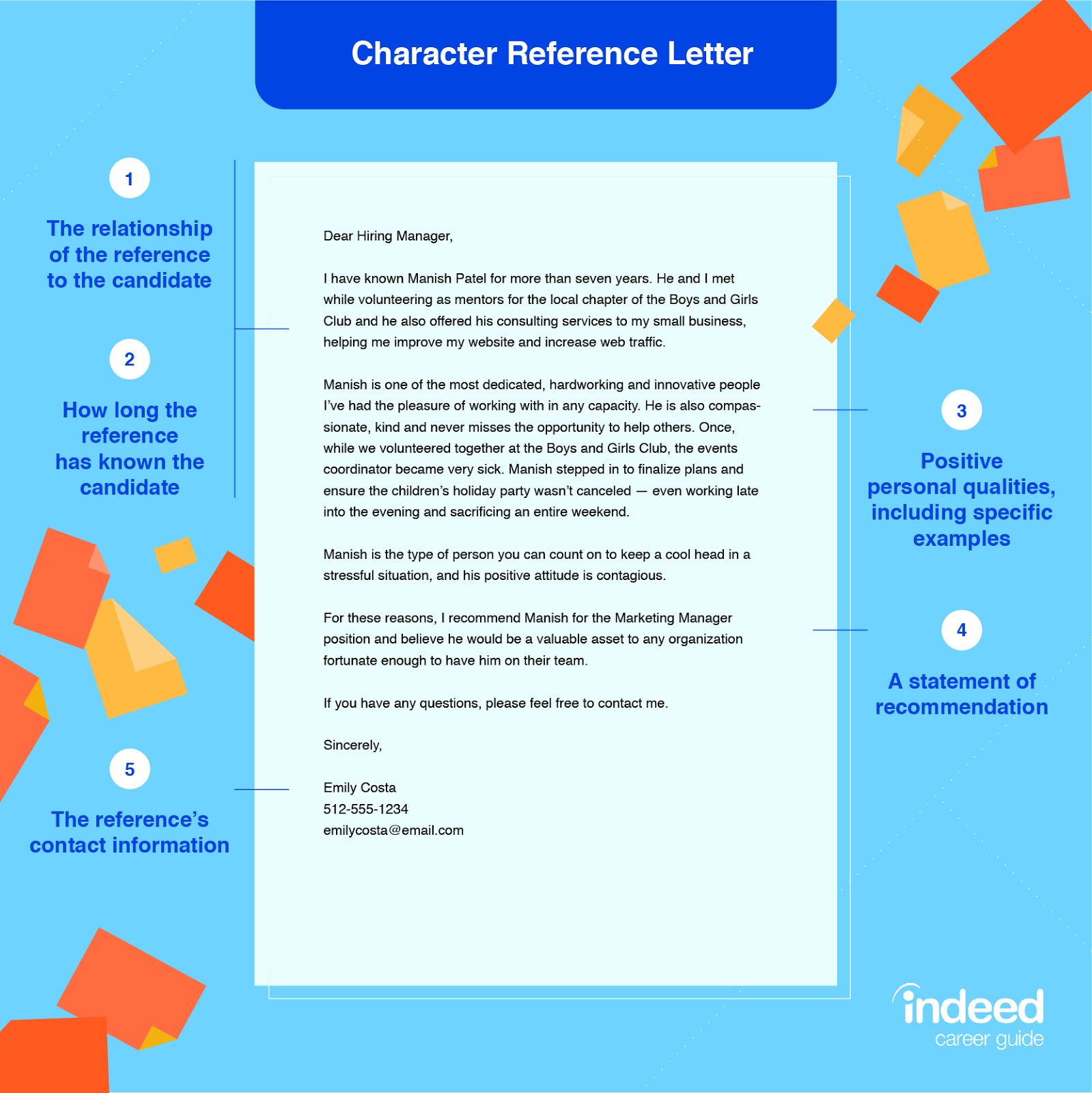
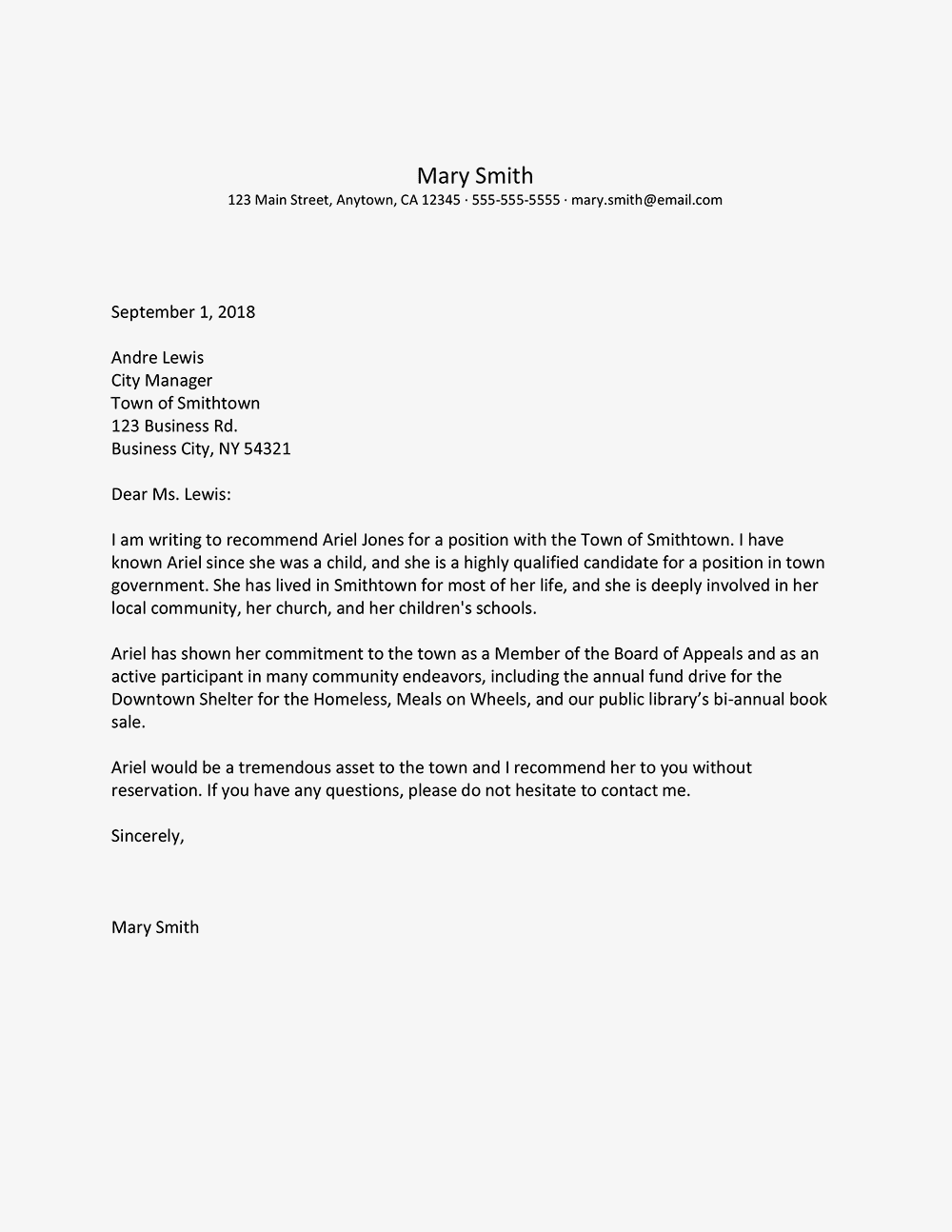
With the above tips, reference letter examples, and templates, you’re all set to write an employee reference letter in no time.
If you’re on the flip side, wanting to learn about reference letters so you can ask your organization for one, we hope the guide helped.
But here’s another aspect that you as the person requesting an employee reference letter should keep in mind.
How to ask for the letter?
Not everyone is comfortable walking up to the managers and asking for an employee reference letter. It requires either an impeccable relationship or a ‘do or die’ attitude. Either way, most people find it quite difficult to ask for a reference letter upfront.
Many even do away with it if they can. However, one has to understand that while a résumé, relieving letter, and other specific documents can get you through the interview, whether or not you will clinch the job can depend a lot on how good your employee reference letter and/or character reference letter is.
First, if you are under the notion that you are the only one asking for an employee reference letter or a character reference letter, then you are mistaken. Even though people may not disclose their desire for a reference letter, owing to the competition, many ask for it. So, shed that hesitation and just go for it.
Another thing that you should keep in mind is the person or manager from whom you are asking for an employee reference letter. Remember that the person should be someone who has worked directly with you and harbors no bias. Also, the person should have the reputation of being competent with commitments. You do not want a promise of an employee reference letter hanging over your head, with no completion of the task in sight.
In short, whether a colleague or a manager, whoever is the person penning the employee letter for you, they should be prompt and unbiased, and should have a clear knowledge of your professional competence and commitments.
Pro-tip: We recommend getting a job letter from a manager with whom you have a good working relationship. That way you can also request them to add certain information that might help you in the application process.
Difference between an employee reference letter and recommendation letter
It’s time to do away with a common mistake: the confusion between an employee reference letter and a letter of recommendation. While the aim of both is to capture the professional achievements of the person concerned, there lies a thin line of difference.
A letter of recommendation is requested by an employee for a specific career goal, academic application, or job opportunity. On the other hand, a reference letter is generic in nature. It is an overall assessment made by an employer or a manager of the employee’s characteristics, knowledge, and skills.
In other words, a letter of reference is not addressed to a specific job and is more generic. A letter of recommendation, on the other hand, requires the manager giving the recommendation to understand the next role that the employee is applying for, what that new role entails, and to essentially dovetail the employee’s achievements so far to build a strong case for why the employee would be a good fit for that next role. While a reference letter can be restricted to mostly facts, a letter of recommendation often tends to be more of a thumping endorsement of the person.
The recommender is essentially saying “I know the person, I know her aspirations and I believe that he has the skills and desire to do the new role specifically and I give my seal of approval to this match.”
To make this difference more clear, here is a recommendation letter example that we like from The Balance Careers:
To Whom It May Concern,
I would like to recommend Maria Zulek as a candidate for a position with your organization. In her position as Administrative Executive Assistant, Maria was employed in our office from 20XX – 20XX. Throughout her time with our organization, she demonstrated critical skills that would make her an excellent employee at your company.
Maria did a terrific job in her position and was an asset to our organization during her tenure with the office. She has excellent verbal and written communication skills, is extremely organized, can work independently, and is able to effectively multi-task to ensure that all projects are completed within the set timelines.
Because of her effectiveness, we have even given her additional responsibilities, including developing a training program for our interns. Maria went above and beyond in that assignment, as she does in all the tasks assigned to her.
Maria was always willing to offer her assistance and had an excellent rapport with the many constituents served by our office including clients, employers, and other professional organizations. This would be particularly valuable for your company, as you state you are looking for a candidate who can effectively communicate with people across different departments and teams.
She would be an asset to any employer, and I wholeheartedly recommend her for any endeavor she chooses to pursue. Please let me know if you have any further questions.
Sincerely,
John Doe
Job Title
Company
Address
Phone
Email
Employee reference letters are a complex topic from a moral and technical standpoint. We hope that our guide was able to help you navigate it successfully.



